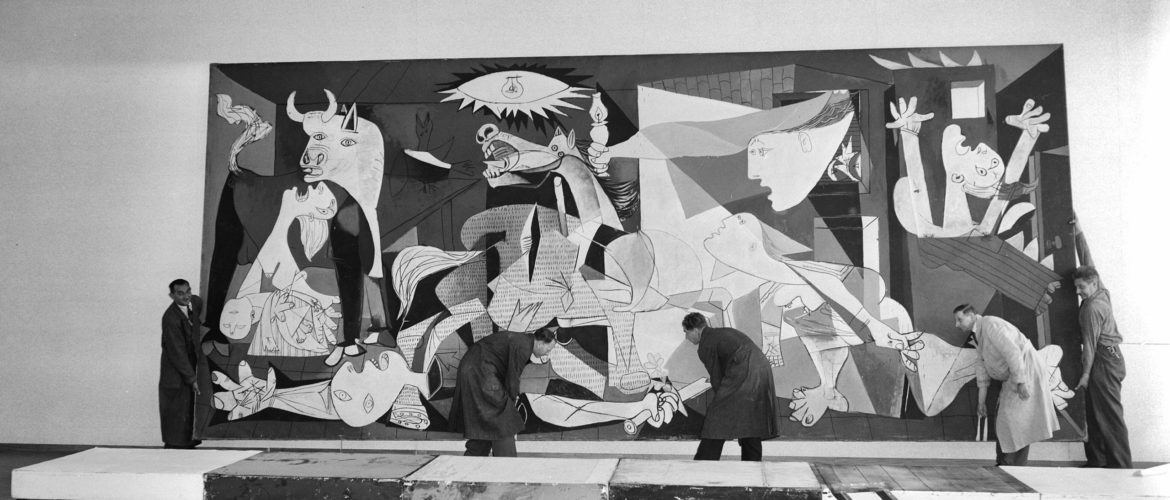The Spanish Museum Lifts the 30-Year Photo Ban on Picasso Painting

Anti-photography policies are a pretty common practice for art institutions. The need to protect a museum or gallery from legal issues concerning copyright is totally understandable. Besides, constant shuttering and flashing of cameras might be extremely distracting to other visitors. Some take this issue more seriously than others, but even the strictest rules can change with time. For over 30 years, the Museo Reina Sofia in Madrid, Spain, had a ban on taking photographs of Guernica (1937), an anti-war painting by the famous artist Pablo Picasso. In September 2023, the new director of the museum decided to lift the ban.
The Spanish Museum Lifts the 30-Year Photo Ban on Picasso Painting
Guernica is a large-scale anti-war piece that Picasso created in 1937 after witnessing the terrible consequences of the Spanish Civil War. The powerful black and gray piece is around 11.5 feet tall by 25.5 feet long, depicting humans and animals suffering from the horrors of wartime in the painter’s signature cubist style.
For over three decades, no one was allowed to take pictures of Guernica (except for certain celebrities with the resources and money to bend the rules, such as Mick Jagger from the Rolling Stones). On September 1, the photography ban was lifted by the new director of the Museo Reina Sofia, Manuel Segade. He explained that allowing visitors to take pictures of the painting might help resolve the overcrowding issue. Apparently, people spending too much time in front of Guernica was causing trouble for the museum. Segade also mentioned that he hopes to make the museum fully photographically accessible (there are still some pieces at the Museo Reina Sofia that cannot be photographed), especially since the museum audience becomes younger and more technologically involved every year.
Although visitors can now officially take photos of the Picasso painting, the general photography rules established by the museum still apply to it. For example, you are not allowed to use selfie sticks, tripods, flashes, or anything else that might get in the way of other museumgoers enjoying their visit. This set of rules is not exclusive to the Museo Reina Sofia; many institutions around the world follow this same policy to protect their collection and provide an undisturbed experience to visitors.
The decision made by the Museo Reina Sofia administration seems like a massive step toward accessibility and equity. After all, when only the chosen ones are allowed to do something as harmless as taking pictures, regular people will always call out the injustice.
